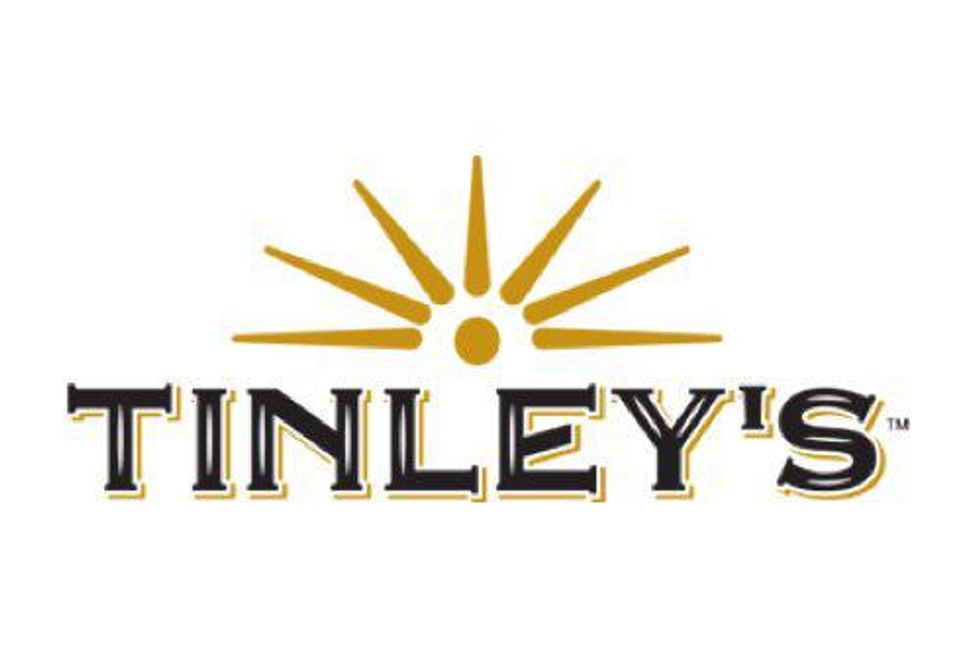Branding Beyond Marketing, What’s Missing for Cannabis?

North America’s cannabis industry is moving toward a CPG focus, but consumers aren’t attaching themselves to specific brands just yet.
The cannabis investment story has often shifted over the years based on market participants’ excitement and understanding of the drug market.
While growing capabilities and square footage used to dictate an operation’s value, experts agree that branding and product visibility are now key for cannabis companies as the industry continues to make the shift toward a consumer packaged goods (CPG) focus.
Brand creation and appeal are set to take center stage as cannabis flourishes into a mature CPG segment and companies aim to evolve into names that consumers recognize.
However, standing out through branding and marketing can be incredibly difficult when consumers have a sea of options to distract them. That’s no different in the cannabis industry.
What’s more, two of the most advanced cannabis markets in the world, Canada and the US, have very different rules and regulations surrounding cannabis and its promotion.
Brands have faced challenges gaining traction in the Canadian cannabis market, and in the US the fractured state-by-state nature of the industry has also created clear roadblocks for brands looking to elevate their offerings beyond their home markets.
As it stands, these two North American markets offer analysts and experts a canvas to examine the changing patterns of consumers, particularly when it comes to branding.
What makes a cannabis brand pop?
As consumer demand expands, one marketing executive told the Investing News Network (INN) cannabis companies need to focus on filling gaps in the market and identifying what kinds of products are missing.
“There’s hundreds of different cannabis brands out there in the space, carving out space,” Leah Thiel, vice president of marketing at Indiva (TSXV:NDVA,OTCQX:NDVAF), said.
Thiel noted that the US provides invaluable data on consumer patterns for cannabis, particularly state markets like California and Colorado. “That’s one area that we look to for some predictive behaviors of consumers of the market,” she explained to INN.
However, the marketing expert was quick to point out that companies can’t make assumptions about consumer patterns and expect to see the same results from the US in Canada. “We really need to understand the nuances,” the Indiva executive said.
When it comes to the brand creation process, Thiel said it’s critical for cannabis companies to be informed about the awareness consumers have of the market’s brand landscape.
“We really want to take them on that path from brand awareness to consideration to conversion to loyalty ultimately,” she told INN.
Indiva elected to pursue partnerships with established US brand names like Bhang (CSE:BHNG,OTCQX:BHNGF), which has a line of cannabis-infused chocolates, and gummies manufacturer Wana Brands; Indiva manufactures and distributes these licensed items in Canada.
“If you have a product that’s not exceptional, it falls off pretty quickly because there’s so many to compete with,” Thiel said.
Brands could ascend in US market in the long run
George Mancheril, co-founder and CEO of Bespoke Financial, a debt financing business with a particular focus on servicing US cannabis businesses, told INN that branding decisions for the country’s cannabis industry depend on its state markets.
Due to the US cannabis landscape’s fractured state-by-state operations, small-scale companies face steep challenges when it comes to translating their products across different markets.
Publicly traded multi-state operators have been able to conduct business across different markets, but Mancheril said they have become strategic when it comes to rollouts into new markets.
Part of the question is how to approach a particular state market with a branded product.
“There’s been a decent amount of investment in terms of brands moving and trying to capture some of the excitement and momentum going on in that space,” said Mancheril. “It’s not one of those where there’s a clear-cut answer one way or the other.”
For Mancheril, these are early days in terms of brands elevating from being local darlings to national names in the US. A whole variety of strategies and investments are being deployed in an effort to raise awareness for any one particular brand or product.
“It’s reasonable to expect that there will be a decent amount of variability, at least in the initial run,” he said in conversation with INN.
Can a cannabis brand become a global name?
Talk to any marketing expert and it’s likely that Nike (NYSE:NKE), the Coca-Cola Company (NYSE:KO) or McDonalds (NYSE:MCD) will come up as competent brands with a superior “it” factor among consumers.
But what about the cannabis industry? How likely is it for any one brand out there today to become a global name anyone can immediately detect?
“I would say it’s definitely harder to accomplish, (but) it’s not impossible,” Thiel told INN. A lot of that potential will depend on regulations for the drug in countries around the world.
For example, said Thiel, because of the strict regulations around cannabis and cannabis branding in markets like Canada, it’s going to take major changes for any one brand to elevate above and beyond.
Nawan Butt, portfolio manager with Purpose Investments, told INN he’s seen consumers’ understanding of cannabis evolve in Canada.
“Almost three years into (Canadian) legalization, (consumers are) starting to get more sophisticated, they’re starting to understand brands, they’re starting to understand cultivars,” Butt said.
But in the summer of 2020, the cannabis research team at Brightfield Group issued a study evaluating the progress, or lack thereof, for cannabis brands in the Canadian market.
“Consumers don’t know what to expect from the brands and products launching before their eyes,” the study declared. According to the researchers’ findings, no brand had over 50 percent recognition from current cannabis users in Canada.
For one entrepreneur in the US, branding will get a boost once government policies adopt cannabis. “At some point, as things start opening up, you’re going to be able to start doing real national campaigns,” said Sebastian Solano, CEO Dreamfields Brands. “I feel like it’s all going to change, you know.”
Dreamfields Brands is a vertically integrated cannabis company overseeing the popular California cannabis brand Jeeter.
Solano said he is confident a brand will eventually become a leading national name in the US, and that anyone and everyone will recognize it as a cannabis company.
But the executive admitted big changes will be needed to allow for brands and products to market themselves on the big stage. In 2019, for example, US dispensary operator MedMen Enterprises (CSE:MMEN,OTCQX:MMNFF) planned to air a flashy commercial during the Super Bowl. Instead, the ad was denied a slot by the broadcasting channel.
Investor takeaway
Cannabis is on a long path to becoming an internationally recognized CPG industry, and it will take quite some time until the “Coke” of cannabis can be anointed.
In the meantime, investors will have time to learn what makes or breaks a branded product and what consumers will gravitate to in terms of stories for this industry.
Don’t forget to follow us @INN_Cannabis for real-time updates!
Securities Disclosure: I, Bryan Mc Govern, hold no direct investment interest in any company mentioned in this article.
Editorial Disclosure: The Investing News Network does not guarantee the accuracy or thoroughness of the information reported in the interviews it conducts. The opinions expressed in these interviews do not reflect the opinions of the Investing News Network and do not constitute investment advice. All readers are encouraged to perform their own due diligence.





